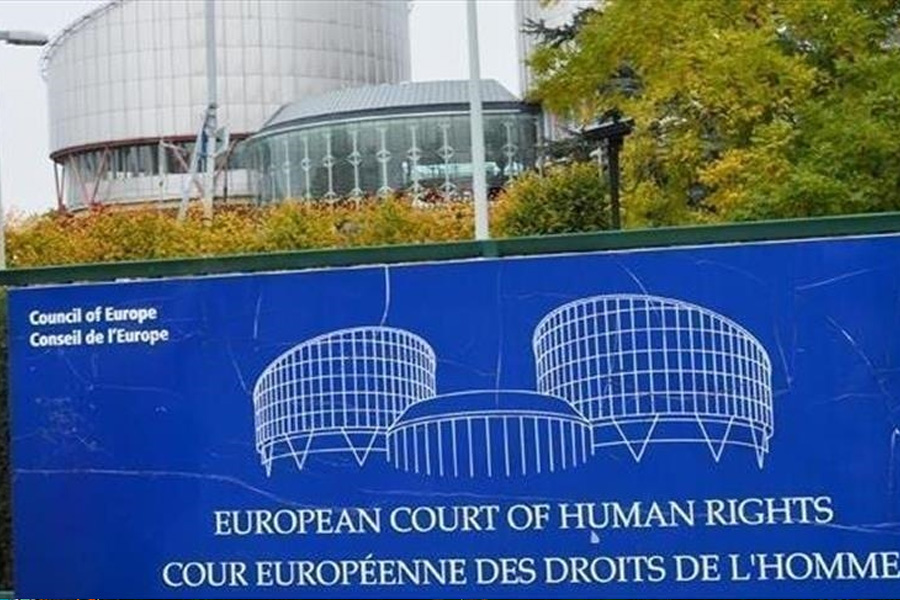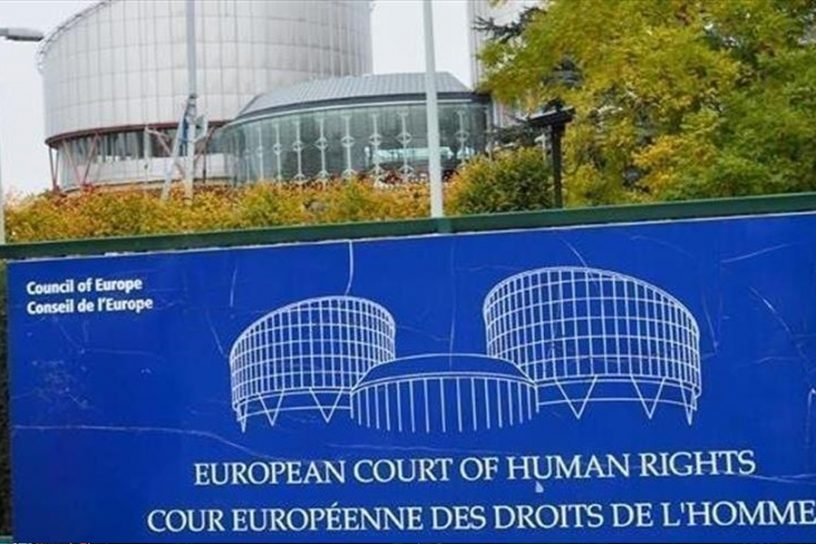
This article argues the need for the European Court of Human Rights to destabilize ‘intent’ in juridical encounters with satire, while cautioning us against alternatives which replicate the very same shortcomings.
Authors
Sanskriti Sanghi, Assistant Professor, Jindal Global Law School, O.P. Jindal Global University, Sonipat, Haryana, India.
Hatim Hussain, Bachelor of Civil Law (BCL) Candidate, University of Oxford, UK.
Summary
Humour is undeniably a controversial topic. While principally entertaining, its obscurity and elusiveness have long been at the forefront of juridical challenges at the European Court of Human Rights (ECtHR).
Loosely termed as a form of artistic expression with a ‘moral edge’ to humour, satire ensues a critical complexity for courts to deconstruct due to the perceivable absence of a consistent criteria to adjudicate such cases. More importantly, analyzing satirical intent and its markers has enormously challenged the Court due to the inherent subjectivity prevalent in its inter- pretation.
This article argues the need for the ECtHR to destabilize ‘intent’ in juridical encounters with satire, while cautioning us against alternatives which replicate the very same shortcomings. By interpreting legal discourse around satire at the ECtHR and interrogating the suitability of prevalent tests and defences pertaining to satirical expressions, we advocate for the emergence of a shared framework within humour regimes to facilitate a relatively better communal understanding of satire and its permissible limits.
We also explore the possibility of a transition to the criterion of ‘harm’ as a relatively operational approach to examining such satirical devices. In cases such as satire where lack of consensus unavoidably leads the Court to open-ended, unsystematic and subjective interpretations, confronting the need for the destabilization of ‘intent’ will offer crucial lessons in the legal discourse on humour studies, as well as facilitate a relatively more consistent approach to regulating humorous expressions at the ECtHR in the future.
Published in: Pécs Journal of International and European Law
To read the full article, please click here.


